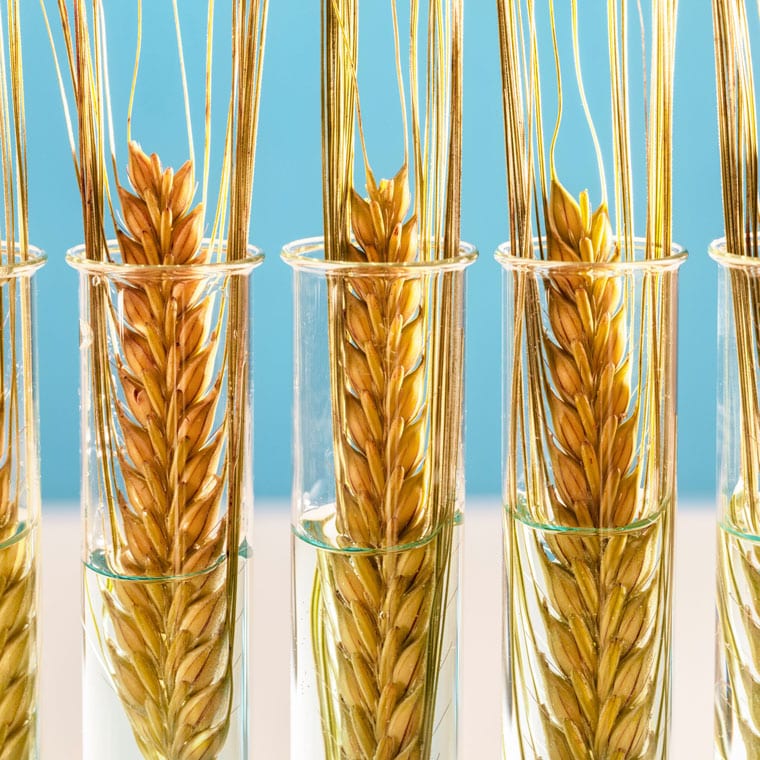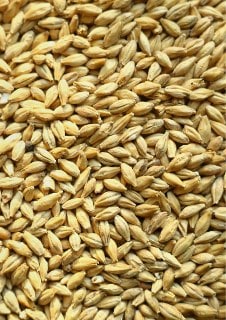A lead to future genetic improvements of wheat varieties
Wheat is one of the most important food crops in the world and is a crucial staple of the modern menu. Increasing grain yield in wheat is a key breeding objective worldwide. Several component traits contribute to grain yield with spike attributes being among the most important. The rachis is a crucial component of a wheat plant and is instrumental in its productivity.
In a wheat spike, the rachis is the central stem or “backbone” from which the spikelets, each containing several florets (or individual flowers), are attached. Each floret has the potential to develop into a grain, which is the primary produce of wheat plants. The rachis contributes to wheat productivity through influencing the number of spikelets and grains per spike, which are crucial yield components. Spike traits, such as the total spikelet number per spike, kernel number per spike, and thousand-kernel weight, are important determinants for wheat yield.
Research teams from Haifa University and Kansas State University jointly worked on a BARD-funded research project in wheat genetics. “The long-term goal of this project was to provide better understanding of the genetic diversity in tetraploid Triticum species and the genetic mechanisms underpinning grain yield in wheat. Our collaboration has greatly benefited our programs and created synergy that neither program could achieve on its own.”
The study explored the genetic characteristics of Triticum turgidum and T. timopheevii, two tetraploid wheat species with T. urartu as their shared ancestor. Both exhibit nonbrittle rachis, a significant domestication trait, due to loss-of-function mutations in the Brittle Rachis 1 genes, BTR1-A and BTR1-B.
The foundations to develop and support new breeding strategies
The research expanded the haplotype analysis to various T. turgidum subspecies and to the BTR1 homologues in T. timopheevii. Findings confirm that all domesticated subspecies within T. turgidum share common haplotypes, indicating a shared origin. However, a novel loss-of-function allele was discovered in T. timopheevii, suggesting independent domestication processes and highlighting the gene-level distinction between the species.
This study is critical as it provides insights into the independent domestication and gene- level variations of these wheat species, laying a foundational understanding for developing breeding strategies.
The long-term objectives
The insights gathered can be instrumental in creating more resilient and adaptive wheat varieties, optimizing wheat production, and ensuring food security. By exploiting the genetic diversity and understanding the evolutionary paths, researchers can enhance genetic improvement strategies for sustainable and improved wheat production to meet future agricultural demand.
The Independent Domestication of Timopheev’s Wheat: Insights from Haplotype Analysis of the Brittle rachis 1 (BTR1-A) Gene https://www.mdpi.com/2073-4425/12/3/338









